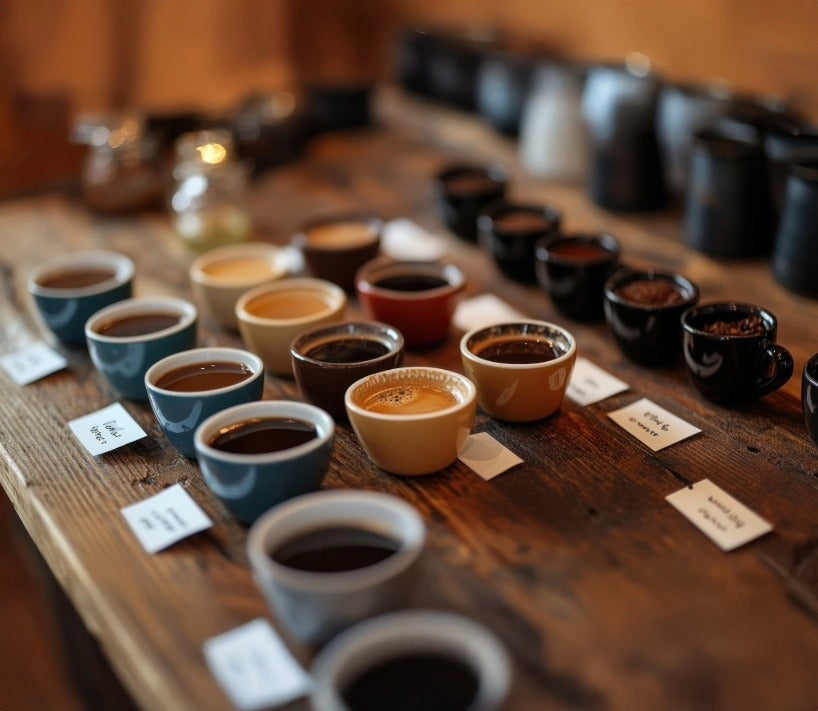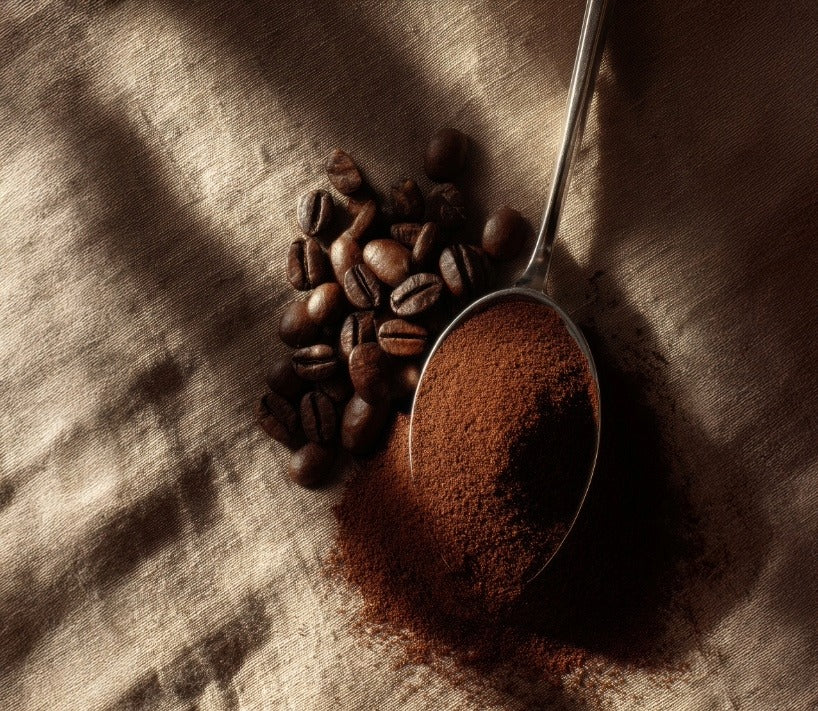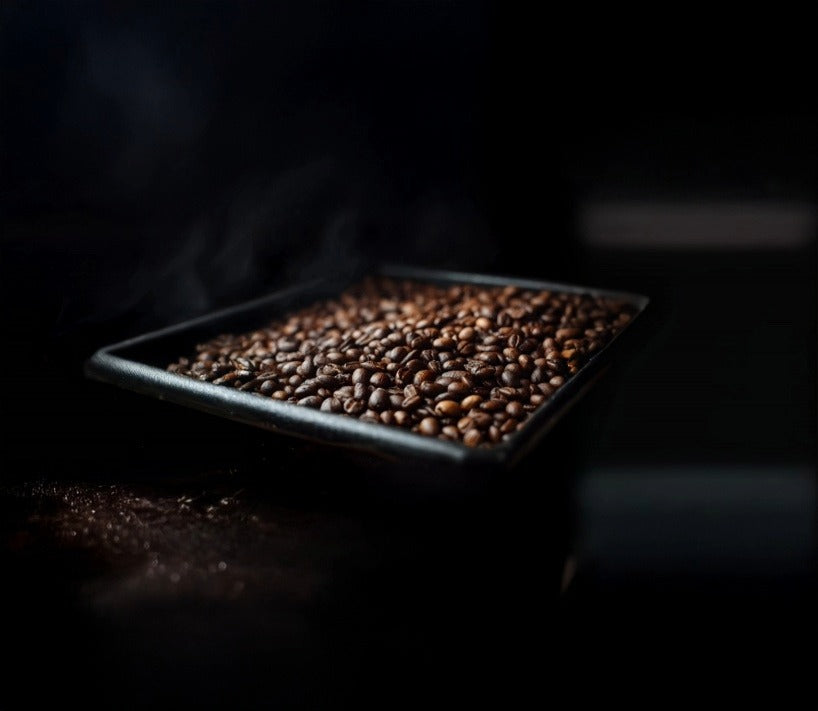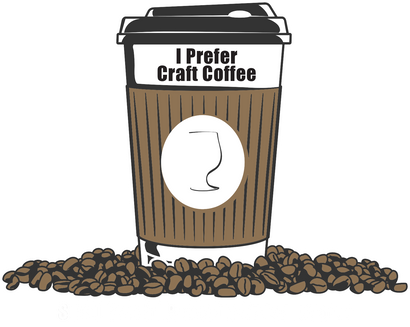Why “Any Old Coffee” Isn’t the Best Coffee to Buy Online
April 17, 2025 5 min read
Scoring More Than Just Buzz: Why “Any Old Coffee” Isn’t the Best Coffee to Buy Online
“Wait… Isn’t All Coffee Basically the Same Bean Juice?”
Picture me hunched over my laptop at 6 a.m.—bed‑head pointing north, south, and sideways—furiously searching best coffee online while my half‑awake brain chants, “Need caffeine. Send help.” If you’ve ever thrown whatever’s cheapest into your digital cart, you’re not alone.
Here’s the kicker, though: all coffee is not created equal. One bag might be a superstar that scores 90+ points on the Specialty Coffee Association (SCA) scale. Another might struggle to break 70—yet still brag about being “premium.” That’s the coffee version of me calling myself an Olympic sprinter because I once ran for the bus.
So buckle up, because I’m about to reveal why fresh, specialty beans truly are the best coffee to buy online—and why relying on generic “dark roast” marketing hype is basically like buying concert tickets you find in a parking lot. Spoiler: disappointment awaits.
The Nerdy Details You Didn’t Know You Needed
1. The Coffee Report Card: Commercial vs. Specialty
Think back to school. Scoring an 80 on a math test felt fine, but a 95? That got taped to the fridge. Coffee works the same way:
-
Commercial coffee: Anything below 80 on the 100‑point scale. It’s the mass‑produced stuff filling bargain bins and industrial warehouses—meaning it can sit around for months (or gulp years).
-
Specialty coffee: Everything 80 and above. The beans are hand‑picked, defect‑checked, and roasted with more precision than NASA launching a Mars rover.
Now, why does that number matter? Because higher scores equal better flavor complexity, cleaner profiles, and fewer defects. If you want the best tasting whole bean coffee or the best espresso beans for your home setup, “80+” is your secret handshake.
2. Freshness: The Invisible Flavor Thief
Even a 90‑point superstar can taste blah if it’s stale. Oxygen, moisture, and UV light all gang up on roasted beans like caffeinated supervillains. Within two to four weeks of roasting, volatile aromatics fade, acidity flattens, and bitterness creeps in.
Online retailers sometimes store bags in climate‑questionable warehouses, slapping “Fresh!” across the label while the beans quietly celebrate their third birthday. If you catch yourself Googling where can I buy fresh coffee beans near me or top coffee delivered, what you really want is:
-
A visible roast date (not a “best by” date five months away).
-
Small turnaround windows—think same‑week roasting or even roast‑to‑order.
-
Proper packaging with one‑way valves to let CO₂ escape without letting oxygen in.
Combine those factors, and you’ve got the best craft coffee at home before most folks hit snooze on their alarm.
3. The Pitfalls of “Coffee Pluralism” (a.k.a. Any‑Bean‑Will‑Do)
Let’s dismantle a few common myths I hear whenever I proclaim my bean snobbery:
Myth #1: “Dark roasts always taste stronger.”
Truth bomb: Darker roasts often mask flaws and have slightly less caffeine by weight. They can still be great, but they aren’t automatically the best small batch coffee just because they taste roasty.
Myth #2: “If it’s labeled ‘gourmet,’ it must be specialty.”
“Gourmet” is unregulated marketing fluff. A 75‑point bean can wear that word like glitter—but it ain’t passing the specialty test.
Myth #3: “I only drink with cream and sugar, so quality doesn’t matter.”
Newsflash: those additives are usually trying to rescue bitter, flat coffee. Start with high‑scoring beans and even a splash of oat milk becomes optional. That’s next‑level good coffee to drink black.
4. The Quest for Bean Treasure: Practical Tips
A. Read the Fine Print
Look for flavor descriptors (“jasmine, peach, honey”) rather than generic adjectives (“bold”). Specialty roasters brag about origin, altitude, and processing. If the label just screams “Rich Roast!” …eh, swipe left.
B. Check the Lot Size
Smaller lots = more control. That’s why best craft coffee online retailers often highlight micro‑lots or single‑farm batches. Big industrial brands blend hundreds of sacks and hope no one notices defects.
C. Certifications & Scores
Q‑Grader scores, farm‑gate certifications, or Cup of Excellence mentions? Green flags! They signal rigorous evaluation. Look for that “80+” number if it’s listed.
D. Storage & Delivery
Seek companies offering fast shipping and resealable packaging. If they brag about top coffee delivered in 48 hours post‑roast, your mug is already excited.
5. Who Cares? (A Tale of Two Home Baristas)
Let me introduce Chad and Taylor—both fictional, both in dire need of caffeine:
-
Chad finds a bargain 2‑pound bag labeled “Ultra Mega Roast.” Roast date? Who knows. He stores it in an open mason jar on top of his fridge. A week later, he wonders why his coffee tastes like burnt crayons dipped in sadness.
-
Taylor spends a couple extra bucks and decides to buy specialty coffee online. She reads that the beans score 87, roasted two days before shipping, nitrogen‑flushed, delivered in a foil bag with a valve. She keeps them in a cool pantry and uses a burr grinder. Her morning brew tastes like sweet citrus, caramel, and subtle florals. She beams with caffeinated joy.
Same caffeine goal, wildly different outcomes. Be Taylor.
You didn’t slog through 1,500 words just to nod and go back to bargain coffee dust. Let’s crystallize everything into three practical takeaways:
-
Demand Transparency
-
Check that roast date. If it’s missing, ask the roaster—or abandon cart.
-
Look for origin info, processing method, and at least some quality score hint.
-
-
Prioritize Fresh Specialty Beans
-
Aim for 80+ scores.
-
Keep your stash small and rotate often. Treat beans like produce, not pantry staples.
-
-
Upgrade Storage & Brewing Habits
-
Airtight, opaque containers in a cool spot preserve aromatics.
-
Invest in a burr grinder and brew within 30 minutes of grinding. Those fragrant oils are fleeting, my friend.
-
Follow those steps and you’ll navigate past generic hype, turning every cup into a flavor adventure—whether you’re dialing in espresso shots, seeking the best coffee for non coffee drinkers, or hunting a gift for coffee lover pals who deserve beans worthy of a standing ovation.
Parting Sips
Remember: Commercial coffee fills mugs; specialty coffee fills souls. The next time you wonder if springing for best specialty coffee online is worth it, think about that 80‑point dividing line. Think about the roast date ticking away like a tiny flavor hourglass. And think about how you deserve more than a stale caffeine band‑aid.
Because your morning ritual should taste like hope, not compromise. And hope, dear reader, is always worth a couple extra clicks.
Now excuse me—my kettle’s boiled, my burr grinder’s ready, and my fresh 88‑point beans are begging to become the best craft coffee at home that my sleepy brain could ever dream of. Cheers to smarter sips!
Also in Best Coffee To Buy Online Education

What Makes Specialty Coffee Taste Better: The Real Reason
December 19, 2025 4 min read
I’ve also roasted thousands of pounds of air roasted coffee beans, shipped fresh roasted coffee beans online, and helped tons of people upgrade from “meh” to “HOLY FLAVOR” with tiny changes.

How To Choose Specialty Coffee Beans the Easy Way
December 18, 2025 4 min read
Fresh roasted coffee beans online should tell you when the beans were roasted… not when the bag expires in 2028.

Best Gift For Coffee Lovers: Why Beans Beat Gadgets
December 17, 2025 4 min read
Here’s the truth: the best tasting craft coffee at home doesn’t come from gear.
It comes from fresh, high-scoring specialty coffee roasted by someone who cares more about your morning cup than their own.
